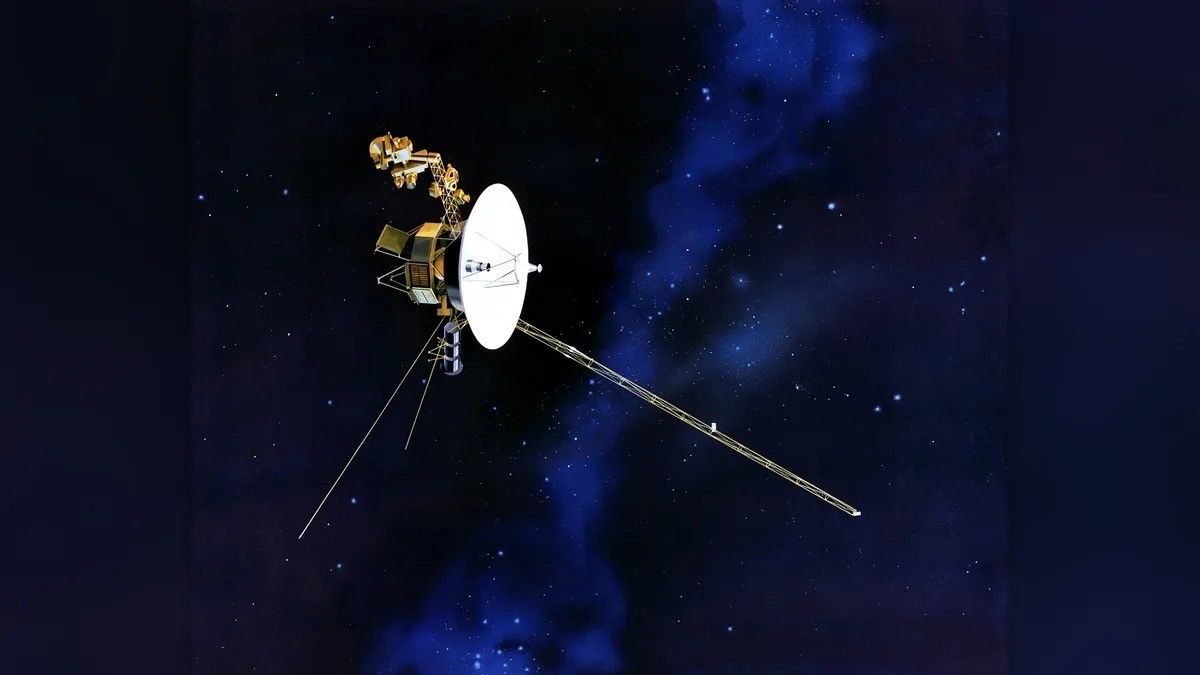A recent topic that has caught the attention of many people online is the concept of straight lines. While flying against the planet’s rotation may seem counterintuitive, it actually does not affect flight times. However, when it comes to maps, things are not always as they seem.
A Twitter account called Latest in Space shared a post last week that claimed you could travel from India to the USA in a straight line. While the line appears straight on a map, some people were skeptical. This raises the question: can we truly represent a 3D world on a 2D map without compromises?
The Mercator projection, first introduced in 1569, is widely used for navigation. It represents courses of constant bearing as straight segments, making it easy to follow. However, this projection also leads to distortions in size and shape. In cylindrical maps like the Mercator projection, areas near the equator remain accurate, but distortions increase as you move away from the equator.
In reality, straight lines that do not align with latitude or longitude lines on a globe do not appear straight on a flat map. Therefore, traveling from one country to another in a straight line on a map may not be an accurate representation of the actual journey.
In summary, while science websites often focus on more complex topics such as vanishing stars and cosmological crises, simpler concepts like why flying against the planet’s rotation doesn’t decrease flight times or why we can’t power trucks with magnets still capture people’s attention online. The latest topic that has emerged is about straight lines and how they are represented on maps.



